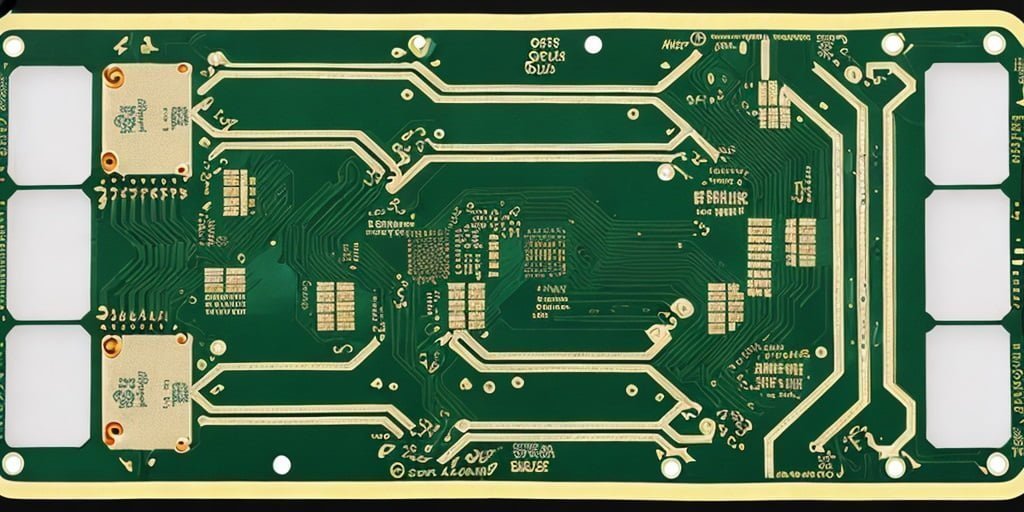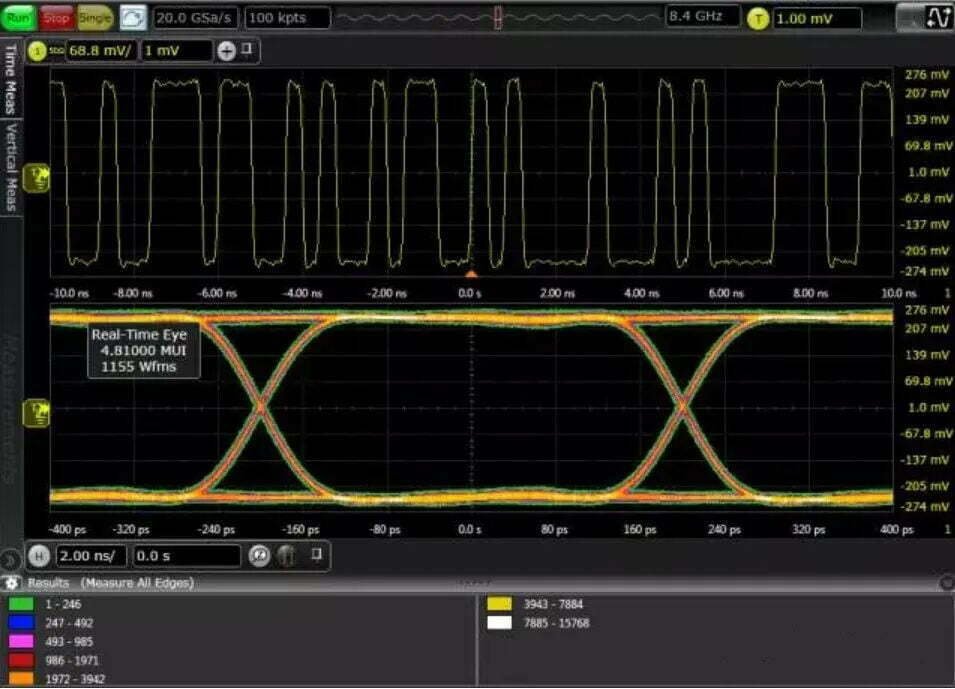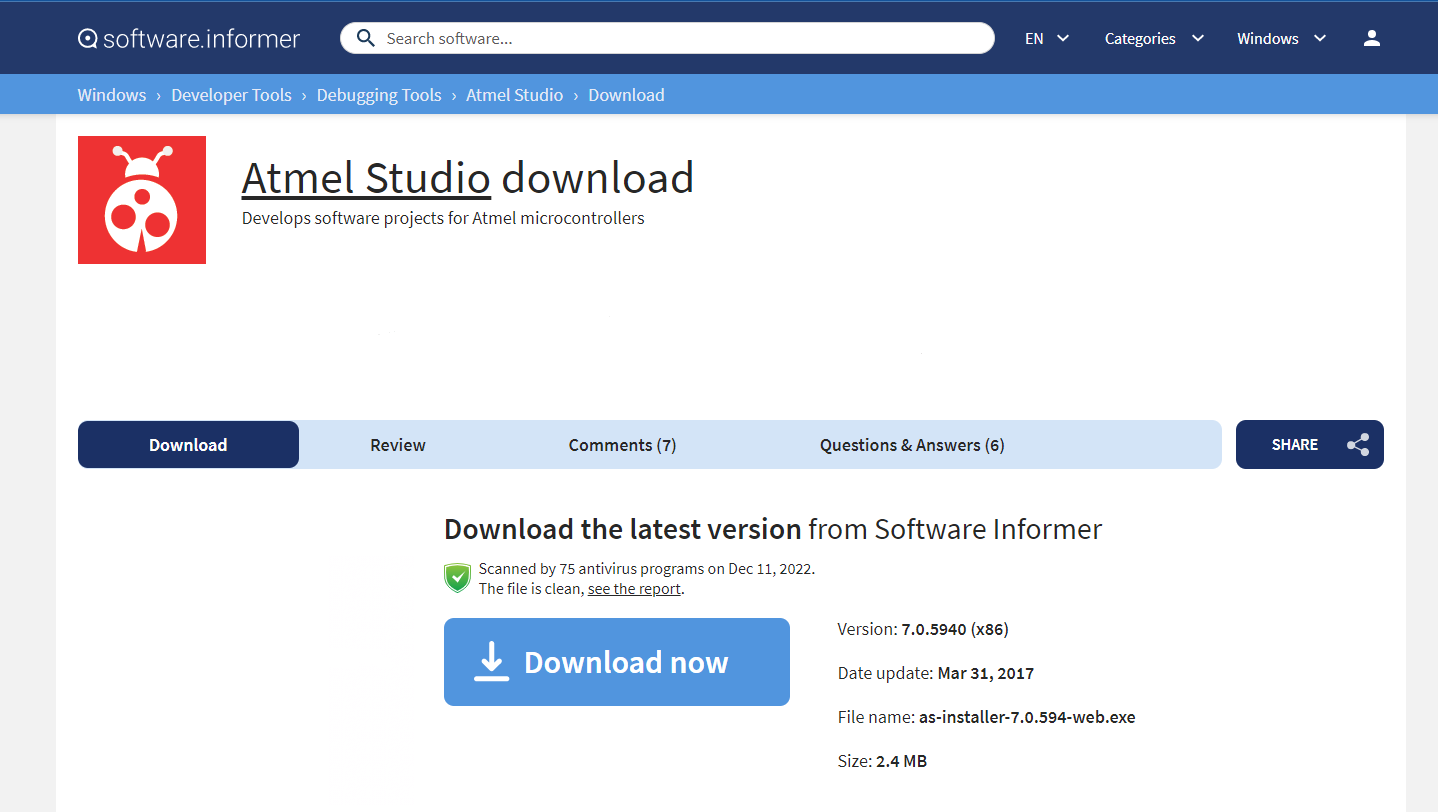Single-board computers (SBCs), known for their compact size, high flexibility, exceptional durability, and outstanding performance, have found significant applications in the fields of embedded Internet of Things (IoT) and edge computing. They are particularly well-suited for demanding industrial environments where space constraints prevent the use of regular computers and cooling equipment, yet there is a need for specific operating system capabilities. In such scenarios, industrial-grade single-board computers are the most suitable choice.
What is a single-board computer?
A single-board computer (SBC) is a common open-source hardware that emerged in 2018, designed by integrating microprocessors, memory, and interface components onto a single printed circuit board.
In recent years, single-board computers (SBCs) have gained popularity due to their compact form factor, low power consumption, and impressive performance. Currently, SBCs are widely used across various applications, ranging from hobbyist projects to industrial automation and even artificial intelligence development.
Market Size of Single-board Computers
According to data from Research and Markets, the global single-board computer market was valued at $2.86 billion in 2019, and it is projected to reach $3.8 billion by 2027, with a compound annual growth rate (CAGR) of 4.6% from 2020 to 2027. The single-board computer market possesses its unique characteristics when compared to other segments within the semiconductor industry.
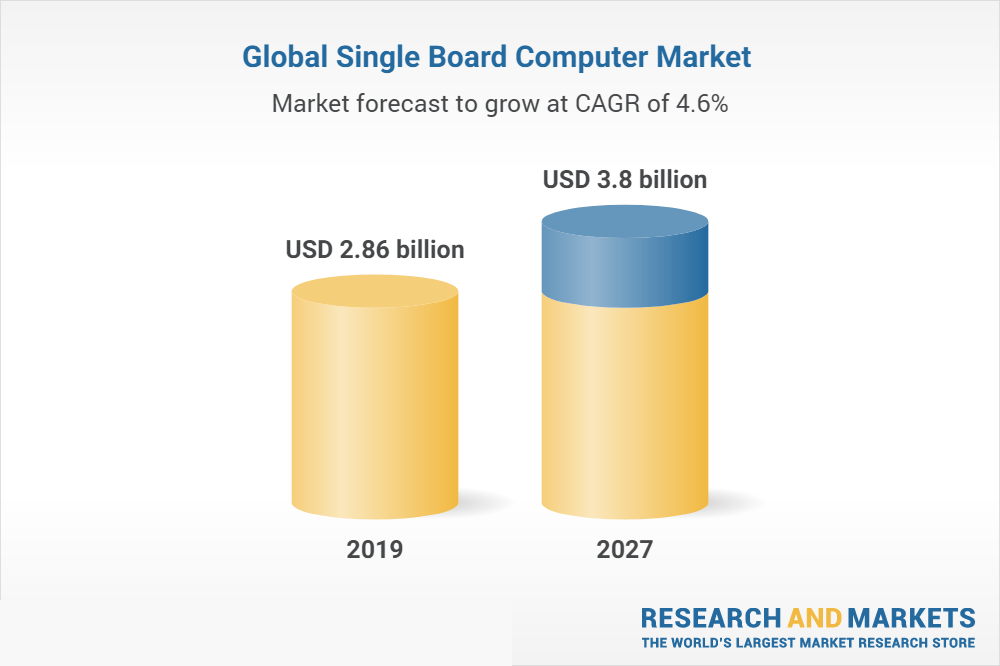
Applications of Single-Board Computers
The commercialization of open-source hardware has seen many successful examples, including single-board computers such as Raspberry Pi, Arduino, Beagleboard, and some maker projects like the MakerBot 3D printer.
Open-source hardware also finds utility in the industrial sector, with some single-board computers having versions tailored for industrial applications. The knowledge, processes, and tools for building products using open-source hardware can be shared among enterprises, making manufacturing capability no longer the primary differentiator but rather emphasizing design flexibility and innovation within businesses.
Single-board computers typically provide basic integrated development environments, source code, and hardware schematics as open-source resources, offering developers opportunities for DIY and creating their applications and projects based on open-source information.
Modular hardware design is widely used in embedded systems, and the rise of single-board computers has fueled the adoption of modular architectures. Embedded system designers can utilize both modular open-source hardware and software simultaneously, aided by appropriate design tools for product development.
Modular design patterns break down a general system into independent parts, each of which can be used to expand the functionality of new systems. Computer-on-Module (COM) is a product of this design approach, concentrating core processing functions into a module, allowing users to include additional features in custom carrier boards, thus achieving richer functionality extensions.
RISC-V Single-board Computers
RISC-V single-board computers are among the highly regarded SBCs today, primarily due to the RISC-V architecture itself.
RISC-V is an open-source instruction set architecture (ISA), which is a model that defines how software interacts with hardware components like CPUs. Following the principles of Reduced Instruction Set Computing (RISC), what sets RISC-V apart is its open nature, allowing anyone to develop CPUs/SoCs based on the ISA. RISC-V single-board computers support various operating systems, with distributions like Ubuntu providing RISC-V support for years. In contrast, processors based on the Arm architecture require licensing fees to Arm for usage. Arm processors are currently widespread, benefiting from more research, funding, and development.
The RISC-V ISA is open, and China, in particular, is at the forefront of advancing its applications. Some RISC-V chips, such as those from Alibaba’s Pingtouge, and SaSi, have emerged. RISC-V architecture chips have garnered favor from numerous research institutions, OS vendors, open-source communities, and developers. RISC-V’s advantages, including low power consumption, low cost, and open-source IP, make it suitable for various applications, ranging from service computing to IoT control and sensing, according to Shen Yipeng.
Trends of Single-board Computers
As open-source hardware, the future of SBCs lies in the development of emerging industries centered around modular open-source hardware, such as drones. These emerging industries represent new demands characterized by agility, user-centric customization, and community-driven development. Traditional manufacturing and procurement methods in the manufacturing industry will be influenced by this trend. To meet the growing demand for customization, manufacturers are establishing decentralized manufacturing infrastructure globally. In this trend, open-source hardware will play a more significant role in embedding itself into end-product manufacturing, driving the manufacturing industry towards greater efficiency and sustainability.
Single Board Computer Case - Edge2
Edge2 is a powerful, feature-rich, and versatile single-board computer that offers advanced performance and functionality for various applications.
The Edge2 development board measures approximately 82 x 57mm, making it even smaller than an adult’s palm. However, it boasts robust performance and a wealth of features. Let’s take a closer look at Edge2’s overall appearance and specific specifications.
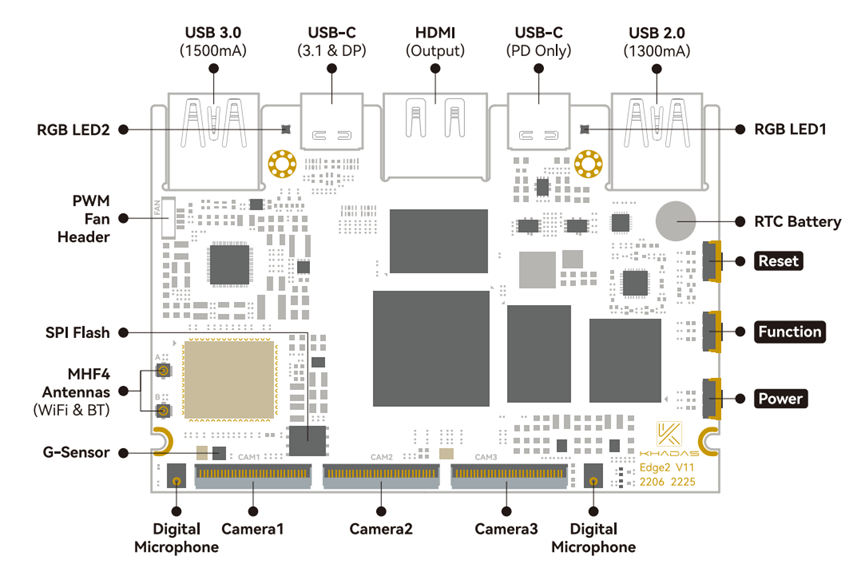
In terms of functionality, Edge2 features a USB 3.0 Type-A port with a maximum power supply of 1.5A, a USB 3.1 Type-C port with DP output support, an HDMI interface, a USB-C port for power delivery, and a USB 2.0 Type-A port with a maximum power supply of 1.3A.
Additionally, Edge2 includes traditional function buttons such as power, function, and reset buttons. The function button allows the development board to enter MaskROM mode, facilitating system burning.
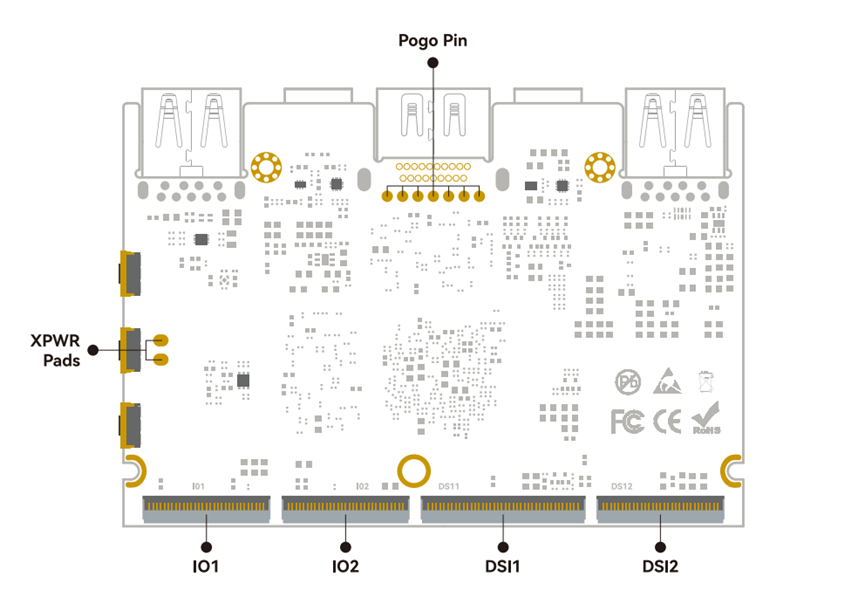
Moreover, Edge2 offers a variety of input and output interfaces, including two digital microphones on the bottom side and three MIPI-CSI interfaces for cameras.
On the other side of the Edge2 development board, there are two IO interfaces, including I2C, UART, SPI, ADC, PWM, I2S, USB, and two MIPI-DSI display output interfaces.
In summary, while Edge2 is relatively compact in size, it boasts a rich array of interfaces, including commonly used high-performance interfaces and more specialized IO ports for development and debugging. Of course, these functional interfaces wouldn’t be possible without robust hardware support. Let’s now take a closer look at the specific chips on the board.



